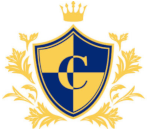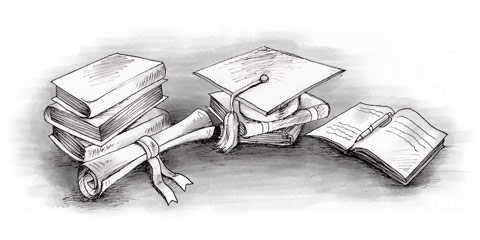Education in Cambodia is controlled on a national and provincial level. The state controls education on a national level through the Ministry of Education and the provinces are controlled by the Department of Education.
The standard of education is quite low compared to other countries, as can be explained by the percentage of GDP spent on it. This can be seen in the following table:
| Country | Education budget (% GDP)* | Global ranking* |
| Cambodia | 2.6 | 152 |
| Laos | 3.3 | 136 |
| Thailand | 3.8 | 119 |
| Vietnam | 6.6 | 29 |
*These statistics are from 2010
As you can see, the government of Cambodia does not spend a lot on education. The national education budget consists of several different sources including:
- Government funding
- Non-governmental funding and investments
- Foreign loans and grants
- But mostly from local revenue generated by each school (and often community)
Kindergarten
Only 13% of children are enrolled in kindergartens. Assessing kindergartens on quality and effectiveness is difficult, but you should keep the following criteria in mind when you are looking for a kindergarten:
- Primary teaching elements
- Structured play facilities
- Social & psychological development
- Hygiene
- Nutrition
- Level of child care
Primary education
Both the first cycle (Grades 1-3) and second cycle (Grades 4-6) consist of 27-30 lessons per week. Each class lasts for 40 minutes. A breakdown of the number of classes by subject can be found in the table below:
| Class | Grades 1-3 | Grade 4 | Grade 5 | Grade 6 |
| Khmer, the native language | 13 | 10 | 8 | 8 |
| Maths | 7 | 6 | 6 | 6 |
| Science | 3 (combined with social studies) | 3 | 4 | 4 |
| Social studies | 3 (combined with science) | 4 | 5 | 5 |
| Local Life skills programs | 2-5, depending on grade | 2 | 5 | 5 |
| Health Education | 2 | 2 | 2 | 2 |
Source: www.bookbridge.org
Lower secondary education
The third cycle, also known as lower secondary education (Grades 7-9) consists of 30-35 lessons per week, and includes 7 major subjects. Students will have the following classes:
- Khmer
- Maths
- Social studies (6 classes)
- Science (6 classes)
- Foreign languages (4 classes)
- Health education (2 classes)
- Life skills program (2-5 classes)
Subjects such as history, ethics, civics, geography and hygiene are often given as well. All Cambodian children are required by law to wear the national school uniform to school.
Holidays and grading system
Depending on the school students get several holidays throughout the year, including a winter, spring and summer break.
The Cambodian grading system is based on the A-F scale used in the United States. Private schools may have their own grading system, or follow the system in the country their curriculum is based on.
Examinations
Schools tend to have monthly tests and two exams per semester. Pupils need to score above 50% in order to go to secondary school. To progress from grade to grade, a 50% average is needed based on the results of quizzes, tests and exams.
Attendance is mandatory, and students must not be absent for more than 20 days per school year without reason, or 60 days with.
Those who do not wish to complete higher education can also choose vocational training. In order to graduate from upper secondary school, students are assessed at grade 12. Normally the score is from 0-100, though the national examination score ranges from 0 to 575. Students need to score at least 50% to get a pass.


